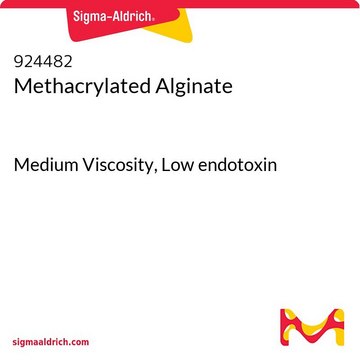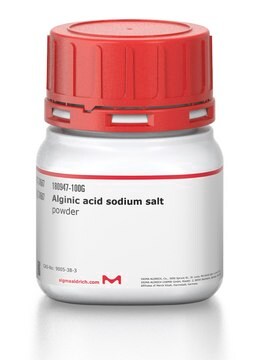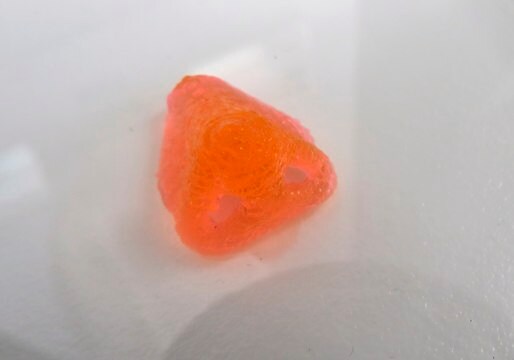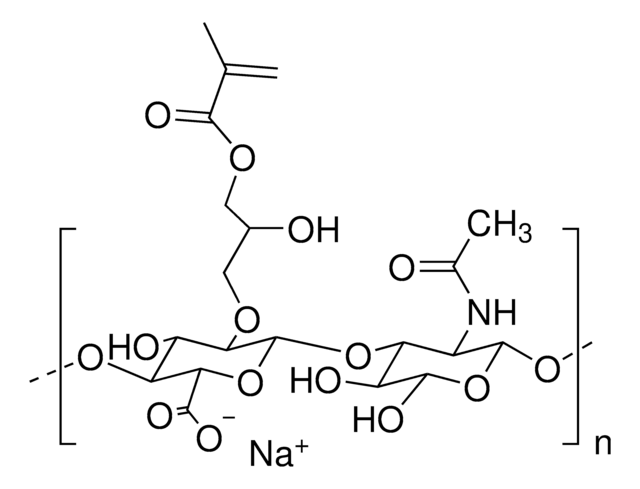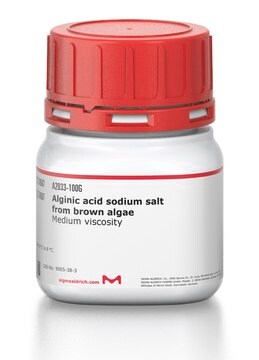913057
Alginate methacrylate
medium viscosity, average degree of methacrylation 25%
Sinónimos:
AlMA, AlginateMA, Alginte, Methacrylate-modified alginate, Methacrylated alginate
About This Item
Productos recomendados
Quality Level
form
(Powder or chunk(s) or fibers)
color
light yellow
suitability
conforms to structure for NMR
storage temp.
−20°C
¿Está buscando productos similares? Visita Guía de comparación de productos
Application
Storage Class
11 - Combustible Solids
wgk_germany
WGK 3
flash_point_f
Not applicable
flash_point_c
Not applicable
Elija entre una de las versiones más recientes:
Certificados de análisis (COA)
Lo sentimos, en este momento no disponemos de COAs para este producto en línea.
Si necesita más asistencia, póngase en contacto con Atención al cliente
¿Ya tiene este producto?
Encuentre la documentación para los productos que ha comprado recientemente en la Biblioteca de documentos.
Nuestro equipo de científicos tiene experiencia en todas las áreas de investigación: Ciencias de la vida, Ciencia de los materiales, Síntesis química, Cromatografía, Analítica y muchas otras.
Póngase en contacto con el Servicio técnico